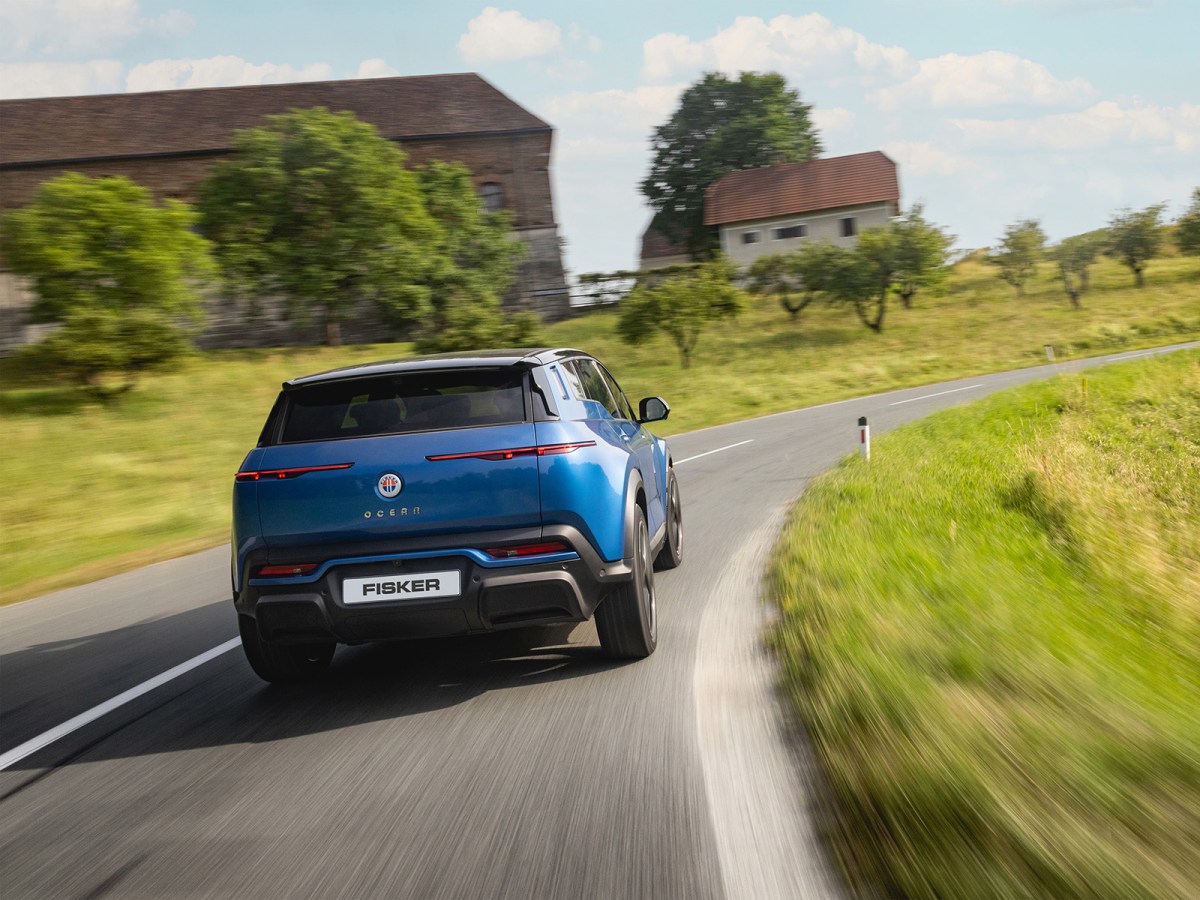This three-person robotics startup is working with designer Yves Béhar to bring humanoids home | TechCrunch
It’s hard to know where to focus when speaking to Christoph Kohstall. The contents of his packed Palo Alto garage compete for attention. To his immediate right stands a tower of electrical components, dotted with flashing lights. To his left is a workbench and the tops of machining tools.
A red industrial girder runs along the ceiling above. For those who’ve spent time in robotics labs, the element is immediately identifiable as a gantry system, used to stabilize robots during the testing phase.
Indeed, at its far end, the top of a robot head is barely visible, peeking over Kohstall’s shoulder as he logs into the meeting. I inquire as to whether the ceiling-mounted system is being used to test his system’s bipedal robot. He answers in the affirmative, before adding that the team has moved on to another, less conventional system: an $80 coat rack.
One thing you can say for certain peering into Kind Humanoid’s chaotic workspace: The spirit of Silicon Valley’s dormant home-brew computing scene may have been mostly priced out, but it isn’t altogether dead.
Videos posted by the robotics startup are infused with the same charm. Kind’s earliest Mona prototypes appear Frankensteined together, like a prop from an ’80s movie about two kids building a robot for the science fair.

It’s hard to know what to make of it all at first glance. Kohstall has a Silicon Valley pedigree that would seem to bely the chaotic scene, including, most recently, a year spent working on robotics as part of the now-defunct Google Brain team.
Kind Humanoid’s three-person team recently gained a champion in Yves Béhar. The highly sought-after designer says he first visited Kohstall’s garage in late 2022/early 2023.
“I was immediately fascinated by two things,” he says. “One: To literally see robots emerge out of a small laboratory, to see body parts come out of the 3D printer, and to see motors and actuators and these elements be fitted inside of those parts. The other was a sense of efficiency and speed that I found really exciting.”
Earlier this month, Kind showcased Béhar’s renderings for a humanoid robot. It’s an alien mix of angles and shapes that are every bit as whimsical as the home-brewed robot underneath. The robot is clad in a soft white, with rounded edges to match. It’s as though someone was challenged to construct a human-shaped figure from a collaborative industrial arm.
The robot’s end effectors are recognizable as an analogue to human hands. Its feet, however, are more hoof-like. On closer inspection, they appear to be a pair of actuated joints stabilizing the bipedal bot. A diamond-shaped head is mounted atop an impossibly skinny neck. Adding to the render’s dreamlike quality, a small visor-like screen displays a cloudy blue sky.
It’s surreal by design. Béhar borrowed aesthetic cues from Belgian painter René Magritte.
“We use these background images of clouds to start to find ways that we can communicate the robot’s intent, or what it’s going through at the moment. Is it thinking? Is it reflecting? Is it going to give me an interesting or funny answer? This is why a face is important. The way it orients itself gives you a sense of intent and connection.”

The team intentionally avoided making a robot that looks too human, to avoid being tripped up by the uncanny valley effect. The system also offers a marked contrast from the stark, stormtrooper design employed by the likes of Tesla and Figure. In this sense, form follows function. Kind envisions Mona as a home caretaker.
Most humanoid manufacturers are targeting the industrial setting first, with eventual plans to bring the technology into a home setting. There are a number of reasons for this, with many boiling down to simple economics. Carmakers tend to have deeper pockets than caretakers. Corporations can invest these technologies to help them scale toward mass production.
It’s precisely because other humanoid manufacturers aren’t tackling the home in the near term that Kind’s three-person team is investing its efforts here. “We do not intend to compete in the industrial market, because it is very crowded,” Kohstall says. “Ironically, the argument to build a humanoid is not the strongest in the industrial market. The industrial market is pretty well served in many ways by specialized robots. The humanoid becomes so beautifully potent in a setting where [there’s] diverse locomotion across stairs and cluttered environments.”
Initial customers could include care facilities and homes for older adults looking to maintain independence. Aging in place is a largely untapped market for advanced robotics; most commercial work is focused on bringing humanoids to warehouses and factory floors.
All of this feels almost impossibly far off. Perhaps it’s Kind’s indifference to fundraising, a passive act of defiance as alien to Silicon Valley as rent protection.

“Our team is focused on the innovation part,” Kohstall says, “and that’s not something you just solve by throwing money at it. That just requires experimentation, being capital efficient, and thoughtful.”
He adds that Kind is working on building an initial dozen Mona robots, destined for field tests early next year. It’s a statement that seems every bit as surreal as Béhar’s product design. I gesture to the robot behind Kohstall, noting that there’s still a tremendous amount of daylight between the DIY frankenbots on display in early videos and the Magritte-inspired renders.
He notes that the sinewy robots that frequent Kind’s videos are the first prototype. He moves the conference call outside, where pieces of the robot are being spray-painted on the ground. These form the robot’s outer shell, bringing the design more in line with the one Béhar dreamed up.
“Most parts are injection moldable,” says Kohstall. “So it can be mass manufactured and built cheaply.”




